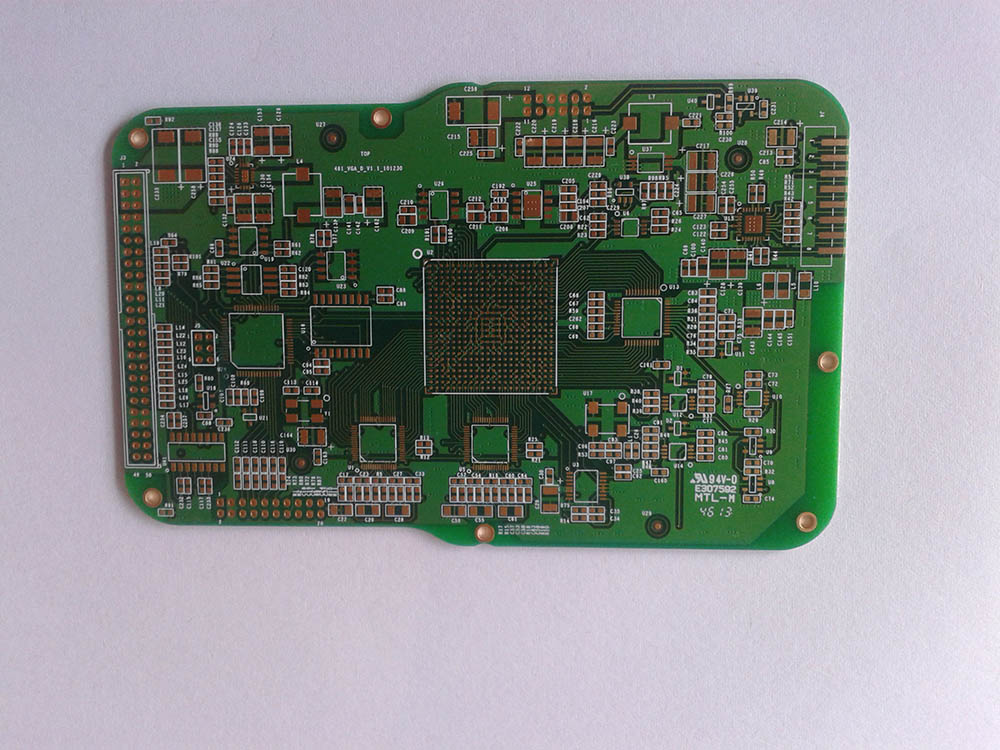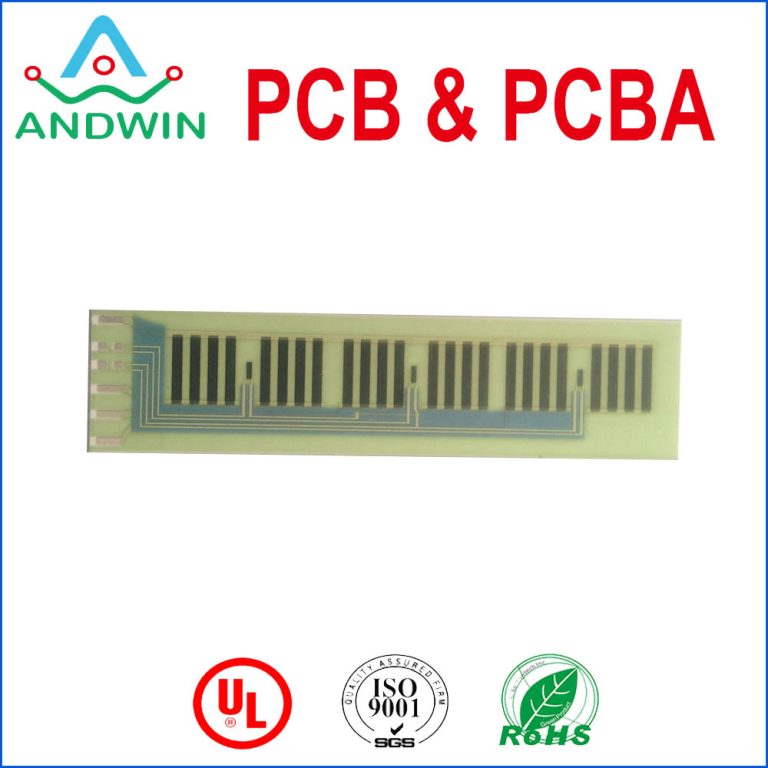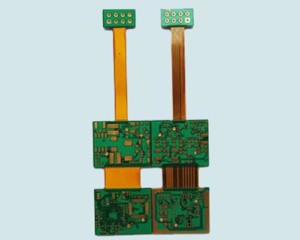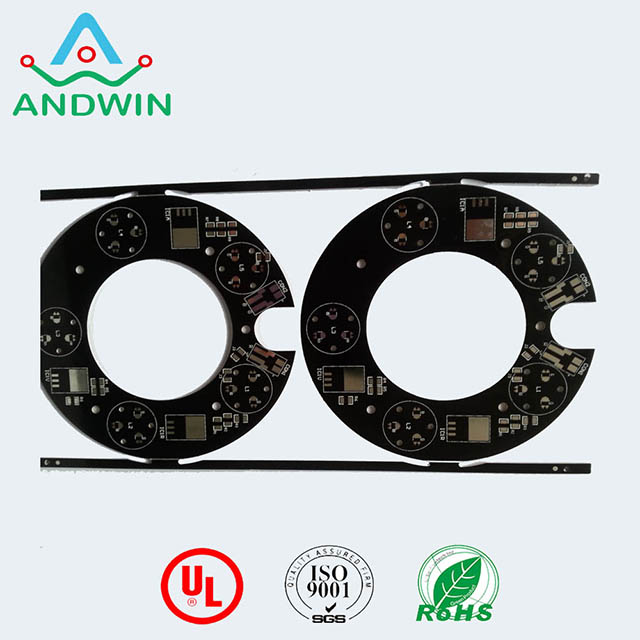Aluminum plate etching
Aluminum plate etching is a process of creating designs or patterns on an aluminum plate by using an etching solution.
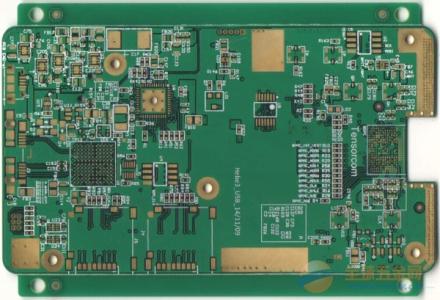
The process involves coating the aluminum plate with a resist material,
which is a protective layer that prevents the etching solution from affecting the areas that need to remain untouched.
The resist material is then removed from the areas that need to be etched, and the plate is submerged in the etching solution.
The solution eats away at the exposed aluminum, creating the desired design or pattern.
The etched plate can then be used for various applications, such as printing, engraving, or as a decorative piece.
Aluminum plate etching is a popular technique in the art and design industry,
as it allows for precise and detailed designs to be created on a durable and lightweight material.

The aluminum plate etching process involves the following steps:
1. Design creation: The first step is to create a design or pattern that will be etched onto the aluminum plate.
This can be done using software programs like Adobe Illustrator or by hand-drawing the design.
2. Plate preparation: The aluminum plate is cleaned and polished to remove any dirt, grease,
or other contaminants that may affect the etching process.
3. Resist application: A resist material is applied to the surface of the aluminum plate.
This can be done using a brush, spray, or roller.
The resist material is a protective layer that will prevent the etching solution from affecting the areas that need to remain untouched.
4. Image transfer: The design or pattern is transferred onto the resist material using a transfer paper or film.
The transfer paper is placed on top of the resist material, and the design is traced onto it using a stylus or pen.

5. Resist removal: The resist material is removed from the areas that need to be etched using a solvent or by peeling it off manually.
6. Etching: The aluminum plate is submerged in an etching solution,
which eats away at the exposed aluminum.
The etching time depends on the desired depth of the etch.
The plate is removed from the solution and rinsed thoroughly with water.
7. Resist removal: The remaining resist material is removed using a solvent or by peeling it off manually.
8. Finishing: The etched aluminum plate can be polished, painted, or coated with a protective layer to enhance its appearance and durability.
Overall, the aluminum plate etching process requires precision and attention to detail to achieve the desired design or pattern.

